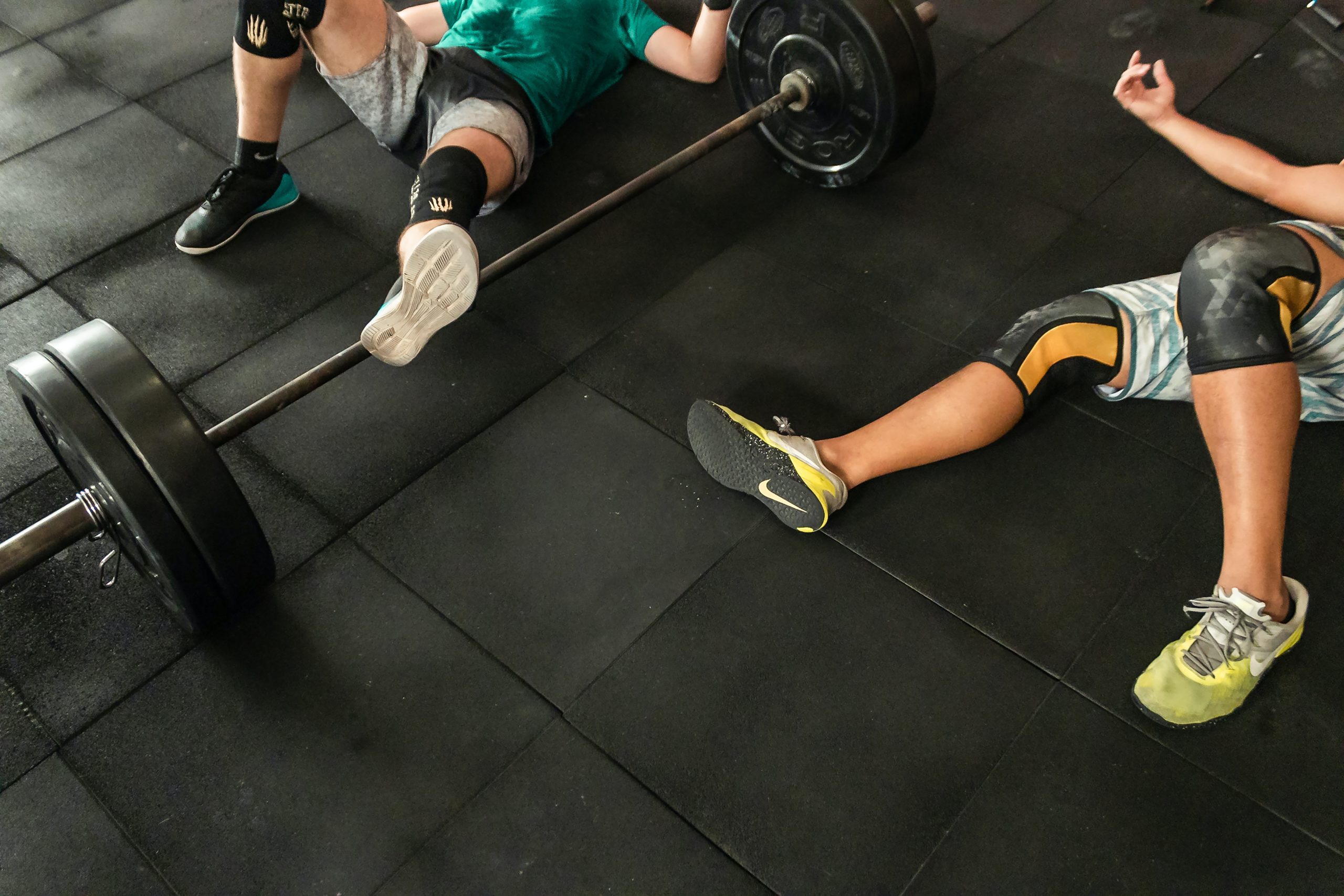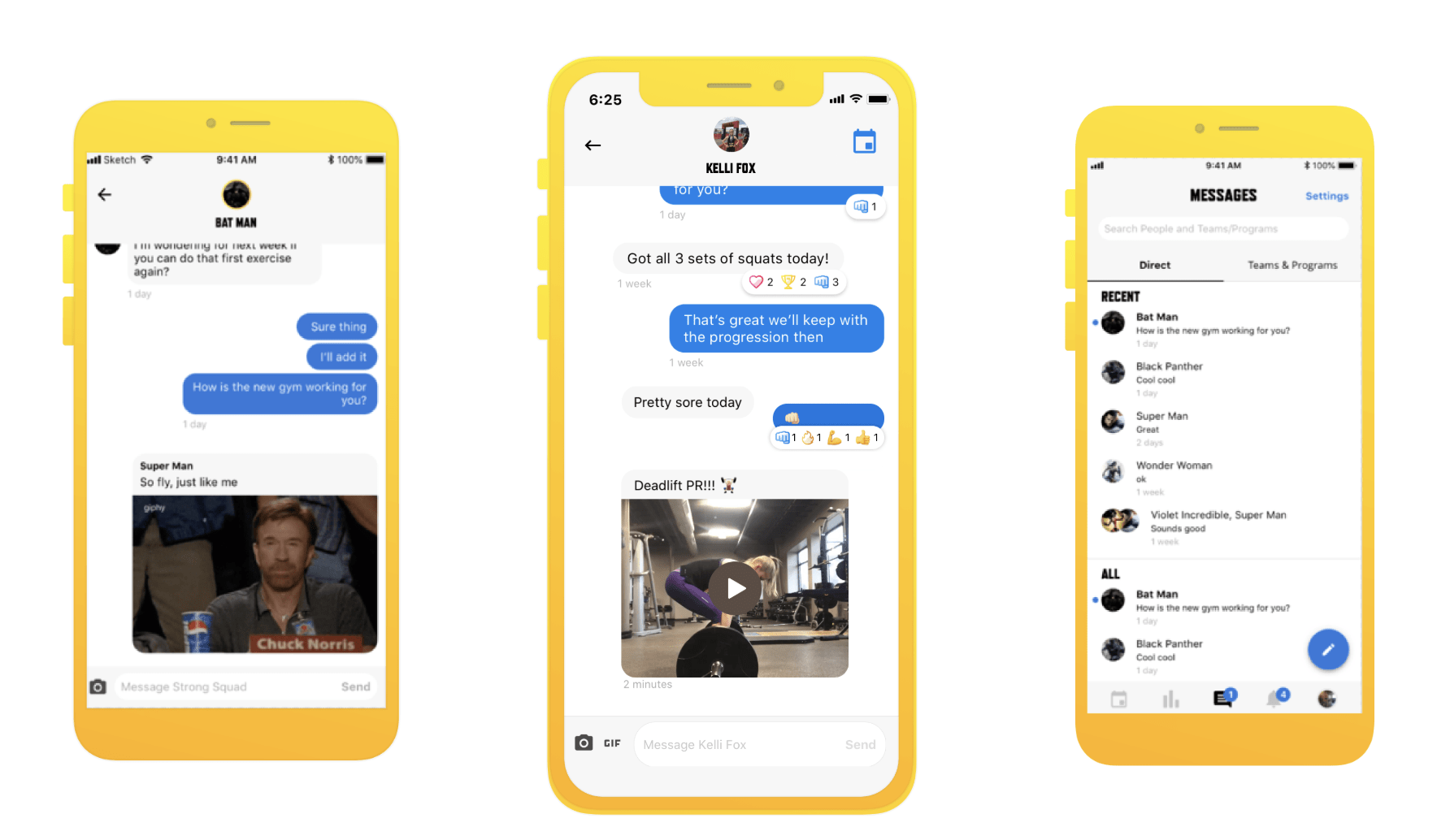Have You Been Overtraining?
RecoveryOvertraining occurs when a person exceeds their body’s ability to recover from strenuous exercise. This has become a big problem with people bought into the no days off mentality. This article covers why regardless of the training you do it is important to take a day off.
// Overtraining Is Becoming An Issue
Whether you’re a power or endurance athlete, a rest day should be a required part of your program.
OK, that statement seems like a gimme, but as the writer/philosopher Voltaire once said, “Common sense is not so common.” In the past few years, it has become popular for participants in all sports to start working out everyday. Overtraining has become the norm and taking a day off seems unfathomable.
As such, you may end up still taxing your body with some kind of activity, like a lighter lifting session or “recovery row” when you’re meant to be resting, and so fail to reload before the next hard training day.
While this “no days off” philosophy might initially make you feel like you’re getting a leg-up on your competition or proving your hard work ethic, you might soon hit a wall and either end up injured, running face-first into an extended performance plateau, or even developing a chronic condition like adrenal fatigue.
Good luck out-working that.
The aim of this article is to help you better understand the ins and outs of overtraining and the benefits of prescribing real rest as part of your weekly program.

Overtraining Symptoms
If you read much of what’s written in human performance circles, you’ll probably have come across the sentiment that there’s no such thing as overtraining, just under-recovering.
The first part of this statement isn’t quite true, as it’s quite possible to push yourself too far, too often, with potentially dire consequences.
As elite weightlifting coach Sean Waxman shared in a previous post, “Be warned against doing too much volume, as this can predicate an athlete to injury and eventually burn them out.”
Yet the second part of the statement is perhaps more common: it’s an imbalanced program paired with inadequate rest and recovery that is at the root of many athletes’ problems.
Active Recovery
In his Sweat Science column for Outside, performance expert and Endure author Alex Hutchinson writes, “From the muscle’s perspective, training is a constant cycle of stress and recovery.
A hard workout causes all sorts of metabolic and structural disruptions in your muscle fibers, which in turn trigger adaptations that occur during the recovery period and make you stronger and fitter.
These perturbations are good when they’re temporary, but if they become chronic—for example because you’re not recovering enough between workouts—then they make you weaker and more fatigued.”
In other words, even if you’re only exposing yourself to sufficient stress to prompt the desired adaptations, you’ve still got to close the loop with adequate recovery.
Otherwise, you’re going to reap exactly the opposite of what you intended to sow. As a joint statement from the European College of Sport Science and the American College of Sports Medicine put it, “Successful training not only must involve overload but also must avoid the combination of excessive overload plus inadequate recovery.”
Central Nervous System Fatigue
It isn’t merely your muscle function that you need to consider when thinking about rest days.
Physical training stresses the other components of the musculoskeletal system, as well as taxing the heart and lungs and the various branches of the nervous system. It can take up to 72 hours for your central nervous system (CNS) to fully recover from the hardest session of the week.
Yet according to strength training researcher Chris Beardsley, “CNS fatigue occurs readily when performing extended durations of exercise that involve very low forces, including aerobic activity” as well. The consequences include reduced power output, decreased muscle fiber recruitment, and on a session by session basis, he goes on to recommend that you “use longer rest periods between sets and prioritize the most important exercises by placing them first in a workout.”
This is only part of the picture if we look at an entire week or month of programming.
It’s also important that you give your body time to recover at the nervous system level. This can be achieved by ensuring that you’re not going all out in plyometrics, sprinting, Olympic lifting, and ballistic training on back to back days or more than twice a week.
And, to return to an earlier point, that you have at least one day a week where you’re not doing any prescribed training at all.
Avoid Hormonal Disruption
Under-recovering has a knock-on effect on hormones that regulate everything from hypertrophy to digestion to sleep quality and duration.
In a review of 38 existing studies published in BMC Sports Science, Medicine, and Rehabilitation, levels of adrenocorticotropic hormone and growth hormone were lower in athletes suffering from overtraining syndrome (OTS), functional (FOR), and non-functional overreaching conditions.
Explaining their findings, the paper’s co-authors wrote, “The imbalance between training and recovery, which can be worsened or confounded by inadequate nutrition, illness, psychosocial stressors, and sleep disorders, among many other causes, leads to dysfunction of pathways and responses in immune, inflammatory, neurological, hormonal and metabolic systems as a maladaptation to chronic exposure to extreme metabolic and tissue environments.”
Wow, That’s A Lot To Unpack

The key phrase here is “the imbalance of training and recovery.”
Sure, you can push yourself hard sometimes, but if you’re going to adapt in a way that gets you closer to your goals and keep your hormonal, immune, metabolic, and other systems functioning optimally while doing so, you must adopt a train hard/recover hard mindset.
So while active recovery is OK on a rest day, it should take the form of restorative practices like contrast therapy, going for a walk, doing some mental skills training, or mobility – not banging out a 10K on the rowing machine or a frenetic circuit session.
TAKE YOUR TRAINING
TO THE NEXT LEVEL
The TrainHeroic Marketplace
TrainHeroic brings online training and strength programs to life with an unmatched imersive training experience delivered directly to your phone. Browse our Marketplace for thousands of programs or take your training up a notch by joining an online community with fresh programming and coaching by some of the biggest names in the strength game starting at $15 / month.

READY TO TRY TRAINHEROIC?
Our powerful platform connects coaches and athletes from across the world. Whether you are a coach or trainer looking to provide a better experience for your clients, or you’re an athlete looking for expert programming, click below to get started.
Want more training content?
More coaches and athletes than ever are reading the TrainHeroic blog, and it’s our mission to support them with the best training & coaching content. If you found this article useful, please take a moment to share it on social media, engage with the author, and link to this article on your own blog or any forums you post on.
Be Your Best,
TrainHeroic Content Team
HEROIC SOCIAL
HEROIC SOCIAL
TRAINING LAB
Access the latest articles, reviews, and case studies from the top strength and conditioning minds in the TH Training Lab

